Co-living is about maintaining thought even while wearing slippers.
Written by: Alexis
"Time Zone Reporter" is an original column by Uncommons that provides frontline reports on Ethereum and other crypto conferences, as well as global pop-up co-living cities, gathering the voices of Chinese-speaking participants in the offline crypto context.
Distinguished from industry media reports, this column focuses more on the frontline subjective and authentic perspectives of participants, immersed in the community and traversing diversity.
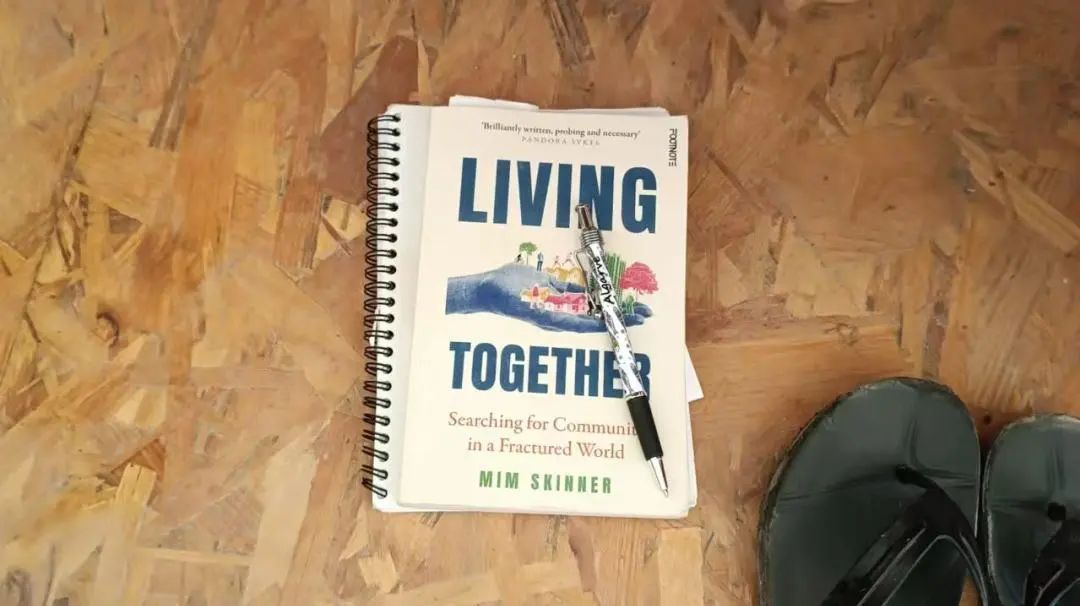
Co-living is about maintaining thought even while wearing slippers.
The first time I met Erik was in an online meeting. After growing his hair long, he no longer had the sharp image from a few years ago in China; instead, he appeared a bit scruffy and disheveled.
The first time I truly saw Erik was on the streets of Paris. After we struggled to find our accommodation, Erik had already been waiting for us at the door for a while. He was wearing a ripped blue t-shirt, carrying two large bags and a guitar. Upon seeing me, he pulled out the guitar from behind him and played a simple song.
The first time I truly saw a relaxed Erik was in Longomai. He sat at the piano in the community hall and played "The Outside World is Wonderful," casually singing along with Guan Hua, returning to a familiar environment.
But in every instance, Erik gave off a sense of contradiction: he is well-educated yet lacks an elite aura; he has clear political beliefs yet appears peaceful; he opposes capitalism yet particularly enjoys Chinese supermarkets.
I summarize this sense of contradiction as a commonality among many similar communities:
They navigate the margins of modern society, wanting to create alternatives yet struggling to escape reality.
Part 1 Longomai
Stepping off the train in Marseille felt like entering a different France altogether. Located in the northern Mediterranean, and with a large North African immigrant population, Marseille is humorously referred to as the capital of North Africa. Erik led us through piles of garbage, saying he wanted to visit a local "alternative space" before leaving Marseille for Longomai.
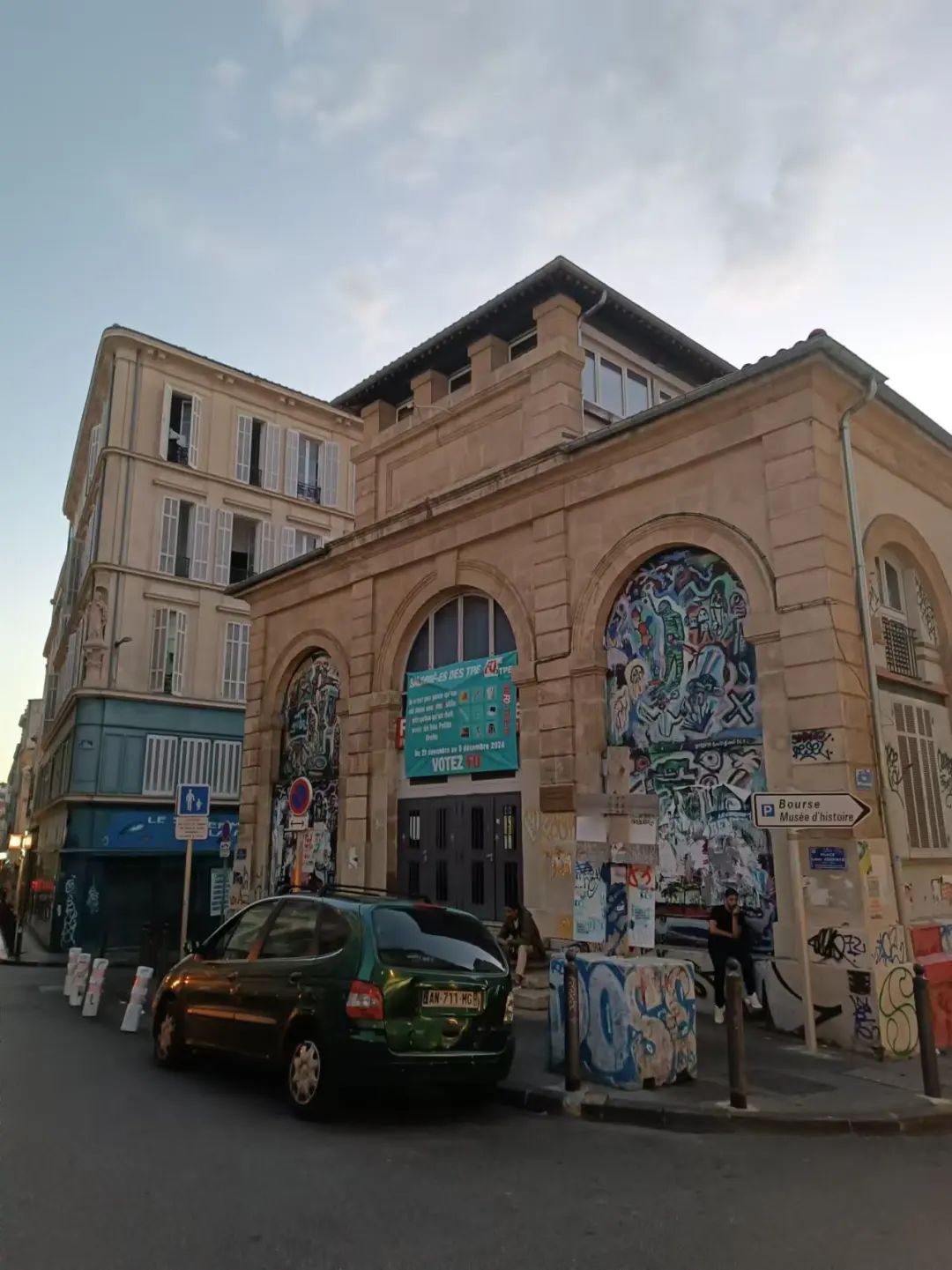
The walls of Marseille are covered in graffiti. Image source / Author
As we dragged our luggage down the cobblestone path, the graffiti on the walls and ground increased significantly as we passed through the famous Cours Julien district of Marseille. It is said to be the largest street art area in France, gathering local designers, artists, thrift shops, booksellers, and comic book stores.
Videodrome is an independent screening room with multiple levels, directly across from an outdoor bar area. It is crowded and noisy, like a market, whether on weekends or weekdays. On the day we arrived, the screening room planned to show a film exploring intimate relationships, with the space also providing a simple DIY dinner and beer.
Everyone in our group, except Erik, felt a bit awkward. We sat at a crowded outdoor long table with our suitcases, our plates filled with a mushy vegetarian dish. Erik said that compared to the accommodating atmosphere of capitalist Paris, he felt more at home in Marseille.
Our night in Marseille was a hurried glimpse; we didn’t truly get to know the city but rather gained a better understanding of the urban life Erik enjoys: alternative, non-mainstream urbanism. I felt a bit anxious, unsure if the others were ready to "enter Longomai."
After shopping for enough ingredients and spices at a Chinese supermarket, Eli picked us up in his small truck. Traveling north from Marseille, the roads in southern France are rarely flat. After a two-hour winding drive, we finally saw "Grange neav" located halfway up a mountain.
The Grange neav we were heading to (hereafter, Longomai without a suffix refers to this Grange neav community within the Longomai network) is the earliest and largest community in the Longomai network, located in the Provence region, and its French name means "new farmhouse." This village was originally a farmhouse, known for its limestone production. Like many old villages in France and even China, this village has gradually hollowed out during the urbanization process, with many stone houses dating back to the 13th century being transformed, repaired, and expanded by community residents into the current living spaces.
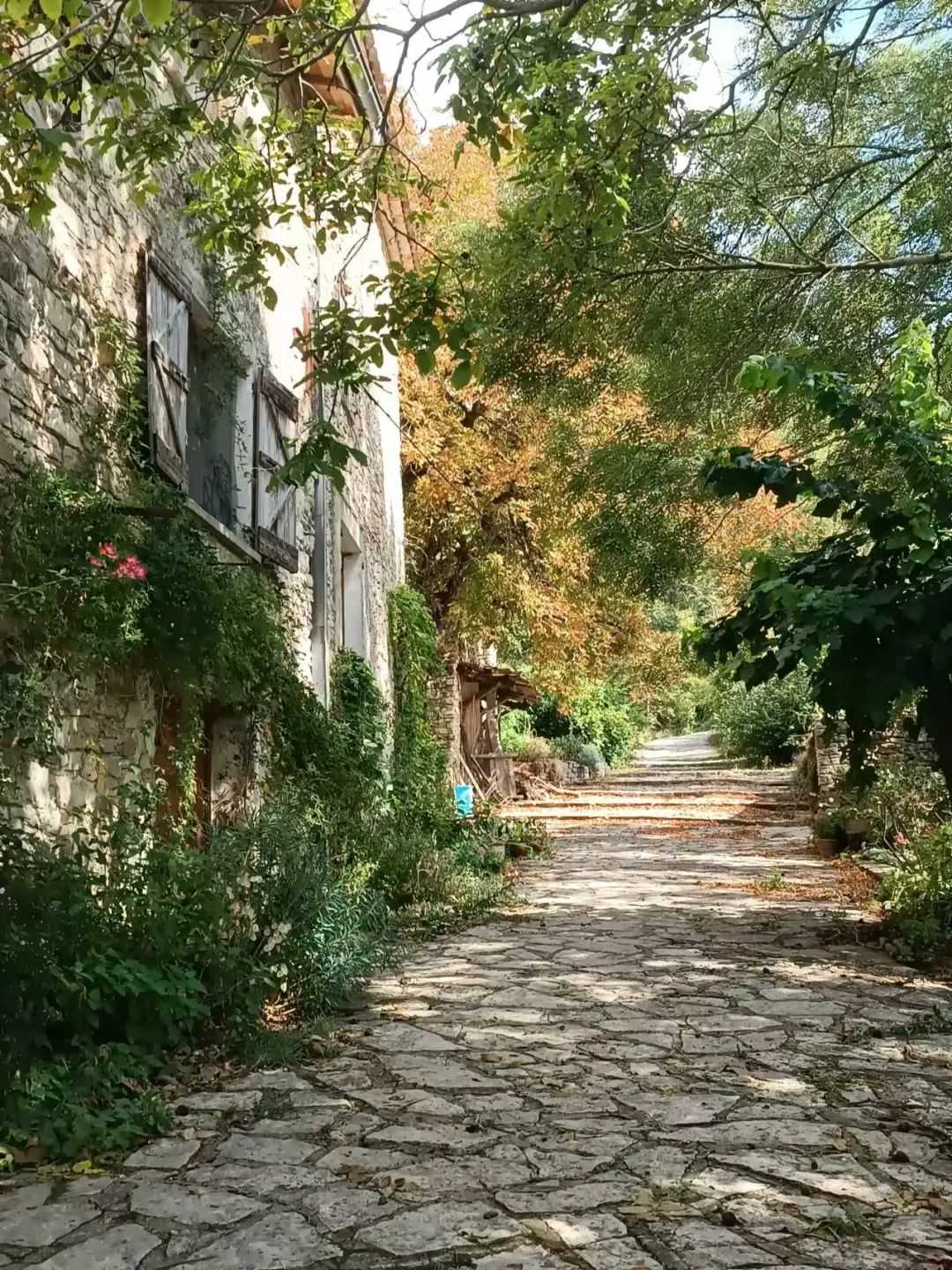
Community stone houses hidden under the trees.
Most are over 500 years old. Image source / Author
The Longomai community network originated in 1968, with early participants mainly being students from the French counterculture movement. This movement swept across the Western world, attracting countless youth to join leftist actions and anti-mainstream cultural practices.
In the early 1970s, seven students from different backgrounds gathered in Austria, hoping to jointly fund a different anti-capitalist social experiment. Some sold their houses, pooled funds, and raised the initial capital to purchase land in southern France, which is now Longomai. The seven student leaders thus became the seven founders of the Longomai community network.
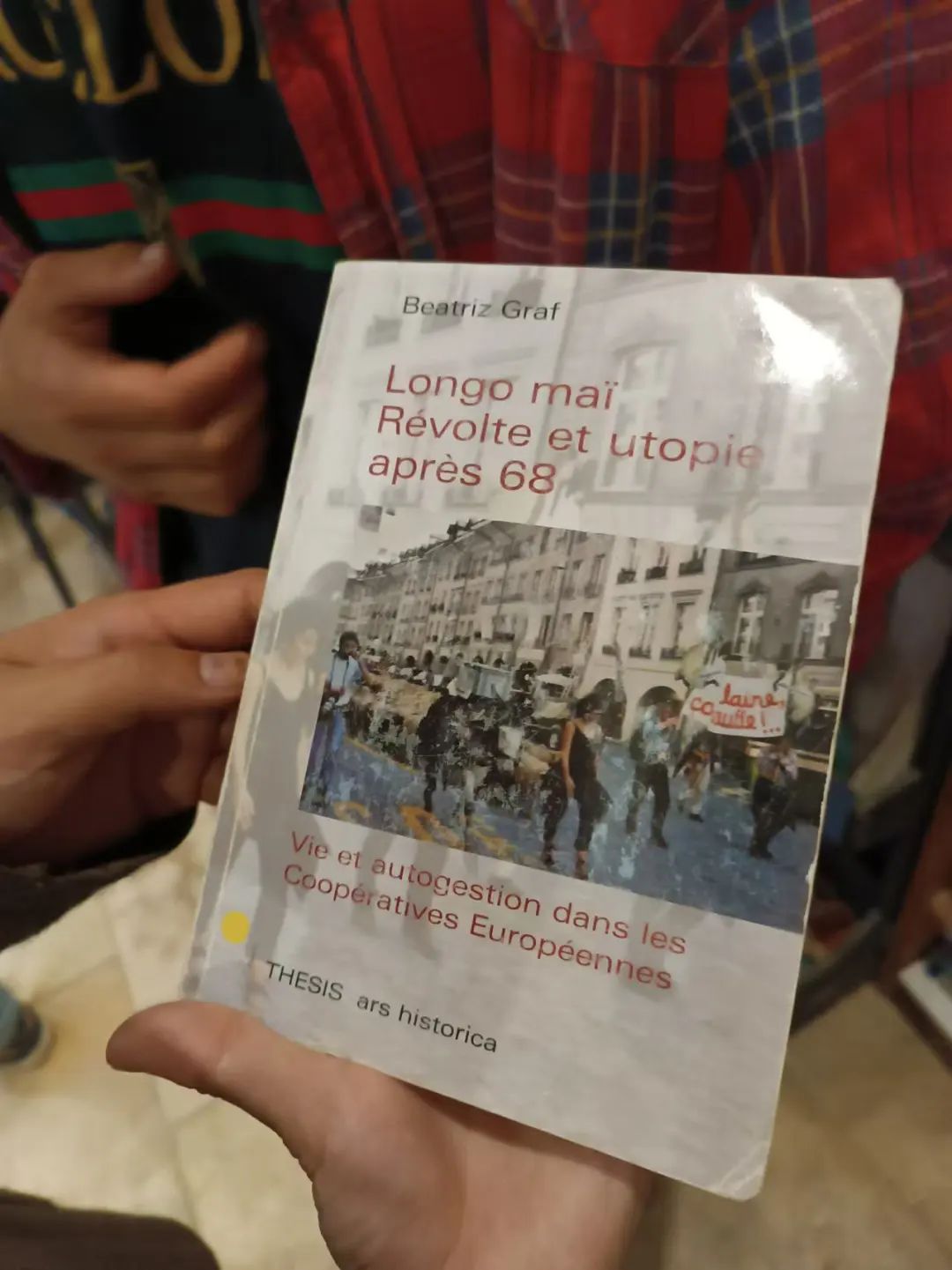
In a feminist library in a nearby town, books containing the history of Longomai are stored.
The author now resides in the town. Image source / Author
In the local dialect of Provence, Longomai means a continuous existence. They created their community name using this dialectal imagery, hoping the community would endure for a long time.
This seems to be prophetic; although Longomai and the student movements of the 1960s and 70s have gradually faded from public view with the resurgence of neoliberalism and the passage of history, this community network has managed to survive and develop to this day.
We stayed in a small house with a hippie vibe, which also has its own name: Fatza.
According to Longomai's consensus, a person must live here for at least three months to be eligible to apply for community membership. Over its 50-plus years of history, hippies and DIY-minded backpackers have passed down stories, and many have traveled from North America to South America and then to Europe, leading numerous people to come here, with some staying for decades.
During our stay, a group of DIY-minded travelers built a house for short-term stays, giving birth to the hippie-style earthen building "Fatza."
The room is dark but not gloomy, with a leather sofa and blankets casually placed in the small living room. The walls of the living room are covered with French graffiti and messages left behind, such as "Let us live and create" (Laisse nous vivre et creer) and "Hippies, let’s compost together" (Les hippies, au compost). A simple wooden bookshelf is filled with books in various languages, just like the countless different cups and the shoe rack piled at the entrance, reminding you that "there are countless traces left by people here." A nondescript wooden ladder leads to a hidden second floor, which can accommodate four people, and the small door opens to a hillside behind the house, where you can see the Milky Way at night when going to the bathroom.
Thick notebooks are filled with messages left for Fatza by past visitors.
I think this is a place that connects you with those who have come before.
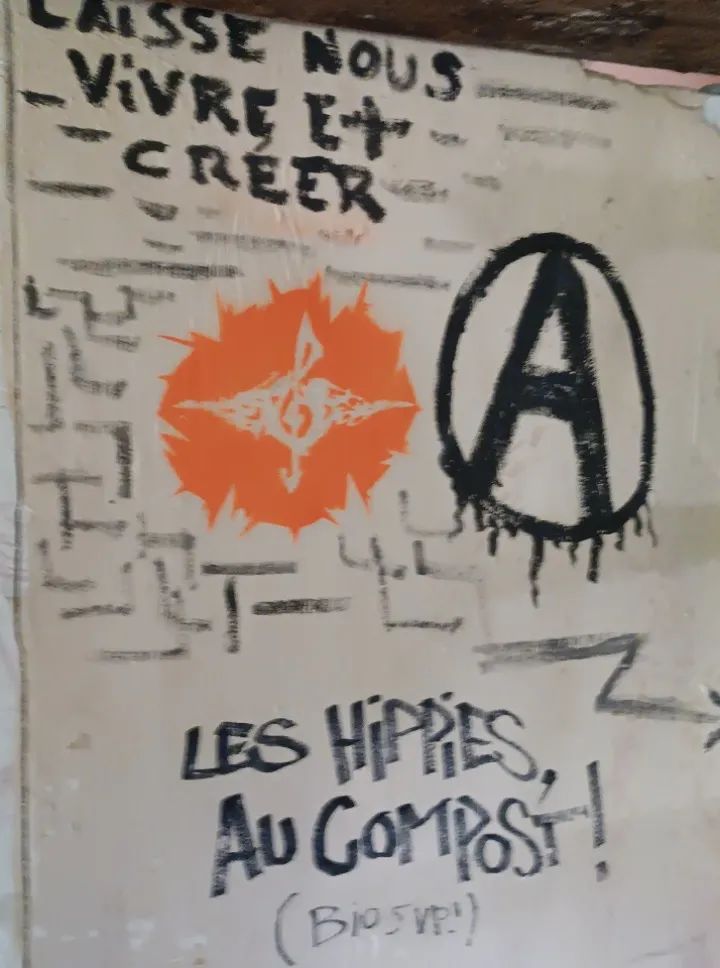
The graffiti on Fatza's walls covers the entire house. Image source / Author
In Longomai, we encountered Holand, who has tattoos of "Dao" and Tai Chi on his hands. Nearing 70, Holand is one of the original seven founders. Every day, he sits under a tree next to the community hall, soaking up the sun, reading, and chatting. Interestingly, although all seven founders still participate in Longomai, they do not live in the same community. Holand now resides in another Longomai community in Costa Rica and plans to visit different communities in the network to share experiences during his trip to Europe.
Currently, there are 11 communities in the Longomai network, including three in France, one in Costa Rica, and seven scattered across other parts of Europe, such as Germany, Switzerland, and Austria. Each community has different orientations and characteristics, but they share an "anti-capitalist" value orientation.
In the Longomai community in Costa Rica, they provide accommodation for refugees from Nicaragua and other parts of Latin America, as well as an agricultural cooperative where they can work in exchange for food. Thus, it is not just a "community" but also an agricultural cooperative with a population of 700.
In fact, not only in the Costa Rican community, but in Longomai communities everywhere, after members complete a certain amount of daily labor, everyone can enjoy food within the community for free. Residents and volunteers living in the community work for 4 to 5 hours a day, a few hours each morning and afternoon, and during the rest of the time, they are not required to work and can enjoy various foods such as wine and bread, as well as various public facilities for free. Therefore, aside from a certain amount of work time, most of the time, you can see people sitting under trees chatting and reading, with occasional collective activities and external sharing exchanges.
Public goods are nearly infinite, which is the working and organizational method they refer to as "cooperative."
At the main entrance of the community hall, there is an unremarkable wooden board where everyone updates the community's situation, tasks to be completed, and cooking arrangements daily. Most daily tasks are completed spontaneously, while important or complex tasks are discussed and arranged through meetings.
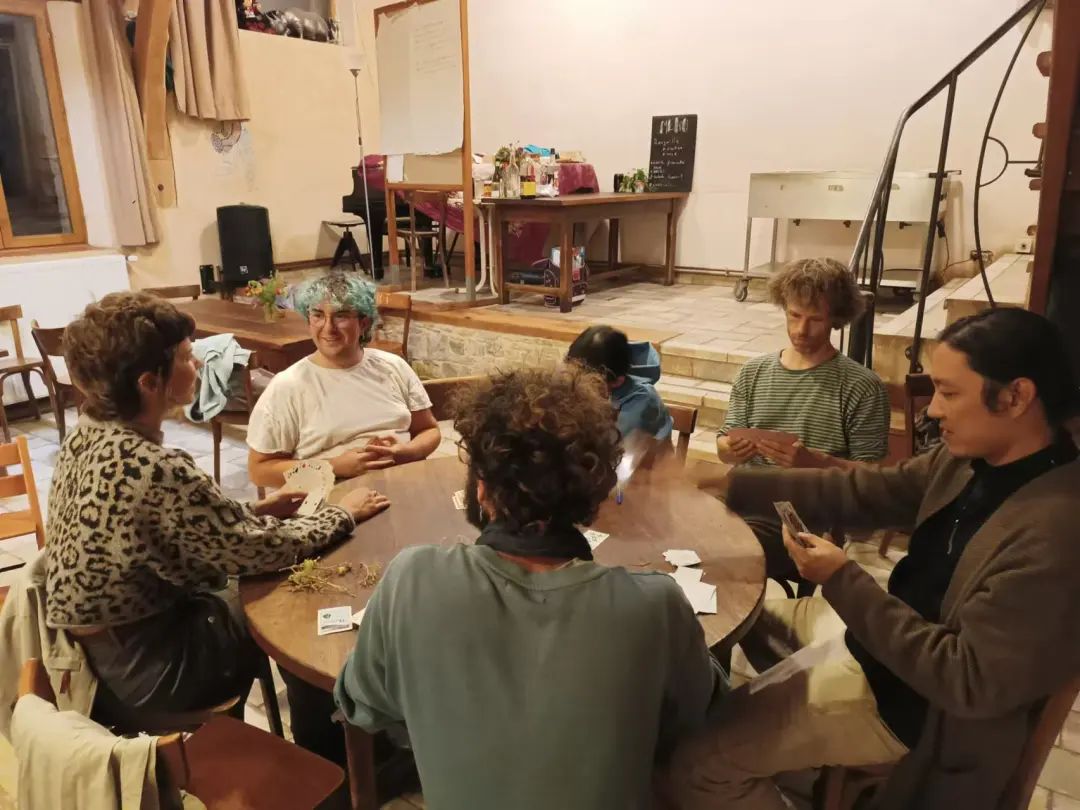
Chatting and playing cards with members in the community hall. Image source / Author
This hall is also the place where all community residents dine and gather. Every day, someone automatically claims to cook for all residents for lunch and dinner, and if no one cooks, the community kitchen will not open, and residents will need to cook for themselves or find food.
In the process of community self-governance, there is a certain anarchistic color, and it is very free.
Most of the "governance" occurs in community meetings, where members discuss pre-determined topics together after dinner every Monday. Whenever important issues arise (such as housing allocation or new construction projects), the corresponding groups will urgently discuss them with members until a consensus is reached.
Although most of the work is agricultural, the members of Longomai actually have different types of jobs. Over the course of a few days, we participated in nearly ten different tasks in a workshop format: making jam, honey, and bread, managing the radio station, meetings, and documentation…
Longomai has achieved an 80% self-sufficiency rate in production; they can produce most of their food, clothing, and daily necessities themselves, with only a small portion of consumables (like shower gel) that they cannot produce but must purchase from outside. The money for purchases may come from individuals or from the community fund.
This community fund, established in Switzerland since the 1970s, is still operational today, supporting the 20% of needs that cannot be met through self-production. Under the dedicated fundraising operations and management, relying on the attention and participation accumulated during the movement, the foundation receives a substantial amount of donations each year.
All labor income generated by the community is pooled into the community foundation's various local sub-funds, and if there are reasonable expenses, they are used after applications from the communities.
Cedric is an anarchist who never self-identifies as such, and he is an active participant in various social actions across France and Europe. His attention to actions around the world has kept him involved in the work of Zinzine.
Zinzine, a radio station with decades of history in the community, still broadcasts citizen actions and human rights actions from around the world. They meet weekly in project groups to discuss content and regularly compile and publish information to send around the world. In various parts of the Longomai community, if you look carefully, you can see the radio transmission tower standing on a hill, from which signals are sent throughout southern France and also transmitted to the world via the internet.
One evening after dinner, we sang and played music together. As we got excited, a friend began to play the "Internationale," starting with a solo in Chinese, then a duet in Chinese and French with Cedric, and finally a chorus in both languages, seemingly affirming the international status of the "revolutionary old district."
Sometimes he shares with me the complaints among the French left, and other times he expresses concern about the current practices of young people. He knows that sharing information via radio is no longer mainstream, but he insists on "the way of his generation."
He is interested in the so-called "crypto-punks" and internet actions around the world, inviting me to see the anarchist movements across France if I wish.
The operational methods of the "community," how to govern, and how to calculate workloads may be secondary for them. What is more important to them is political participation and action, as well as their political stance. After forming a preliminary consensus and long-term cohabitation, the specifics seem unnecessary to calculate.
In the practice in France, they do not actively write down their methods for doing these things, nor do they focus on community theories and experiences; instead, they are more about making their voices heard and realizing their political aspirations.
The "community" serves merely as a medium for political action, rather than being viewed as an important dimension. This is my observation of those engaged in this work in France. Whether in Longomai or elsewhere, people tend to regard the metaphysical aspects of politics as important, while community governance may be placed in a secondary position.
But in any case, in this land of green and blue in southern France, "life" comes first.
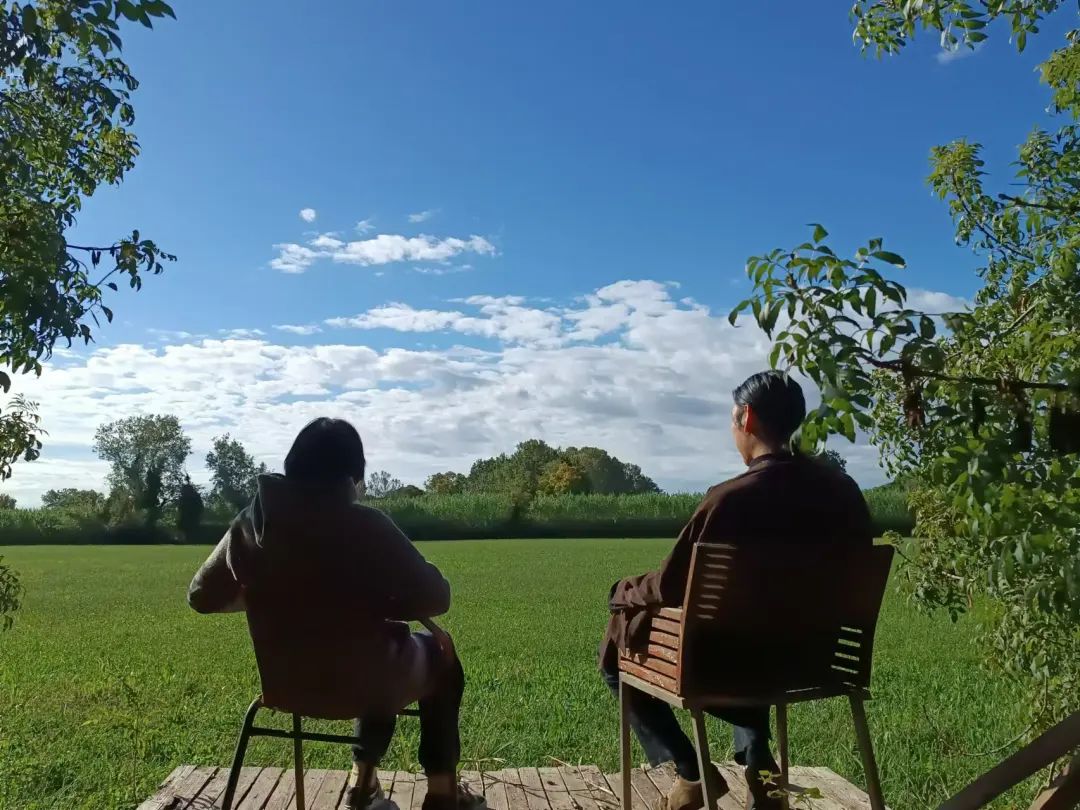
At a glance, it is a sprawling growth of green and blue. Image source / Author
Part 2 Traditional Dream Factory
Using a computer in Longomai makes me feel out of place, but at TDF, the situation seems different.
The decision to go to TDF came from my friend Nico, who shared this new community located in southern Portugal on her website www.agartha.one/. Coincidentally, TDF is situated between Lisbon and Tamera, giving us the opportunity for a brief visit. In reality, since we visited during Portugal's dry season, TDF's simple buildings against the backdrop of desolate grasslands resembled not so much an ecological community as a derelict factory.
But in fact, this is exactly what TDF aims to change.
Sam, the founder of TDF, once worked in the United States and later served several high-tech companies, during which he roamed the world while working remotely. However, he was not just completing work while roaming; in South Africa, the United States, and Europe, he was also searching for a place to realize his ideas—a place that could embody the ideals of OASA.
OASA is an online community where he and like-minded friends aim to realize their regenerative ideals. In their words, it is "A Web3-powered nature conservancy network serving regenerative human living spaces and the planet."
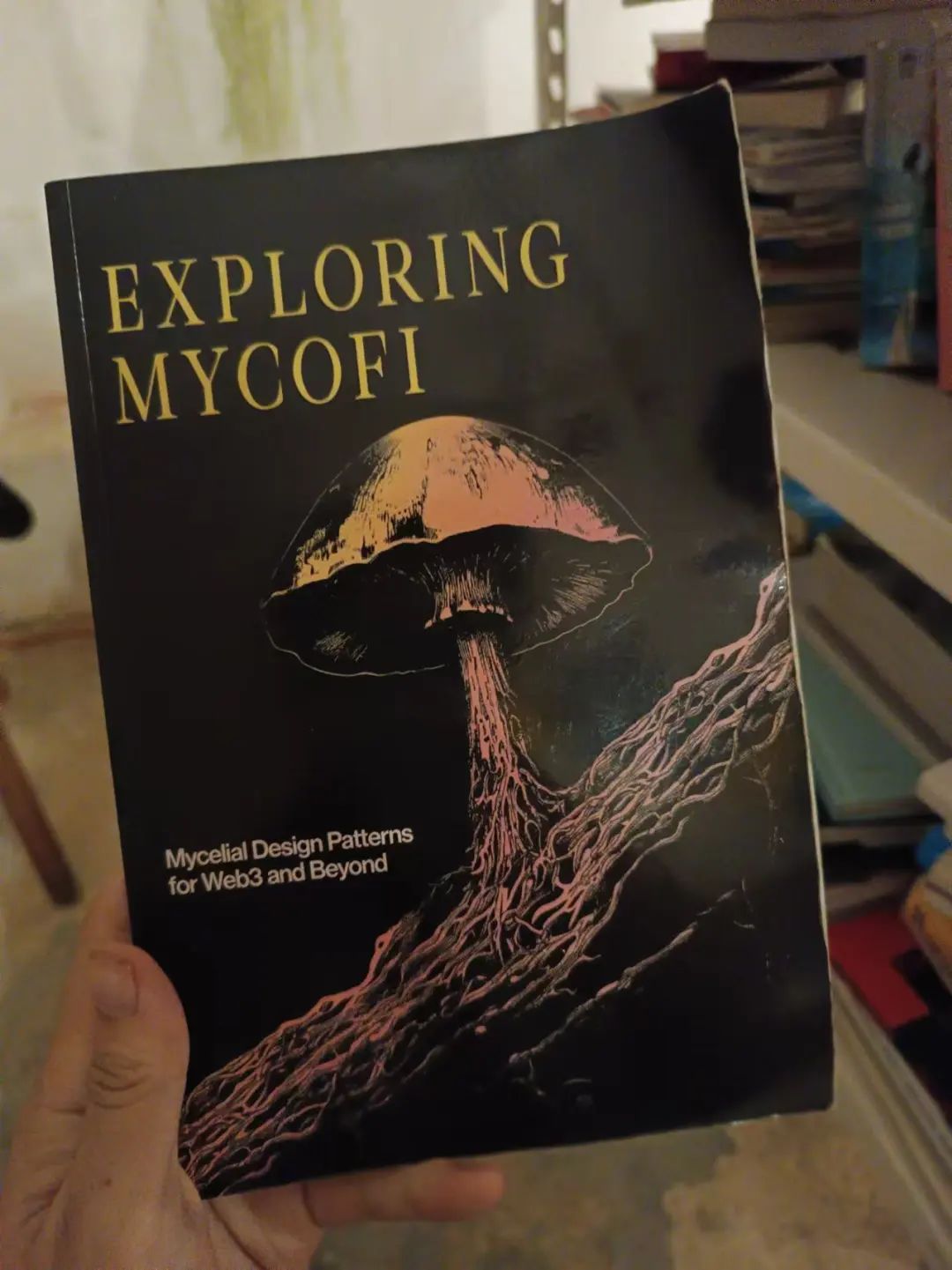
Familiar Mycofi on the TDF bookshelf.
It feels like everyone is in "the same movement." Image source / Author
In OASA's white paper, you can see the concepts of Network State, Mycorrhizal Network, and Regenerative vision integrated into a complete narrative. Starting from a regenerative vision and blockchain technology, OASA describes another possible future: an anti-dystopian, solarpunk positive technological imagination.
What is envisioned here is not a cyberpunk future of high technology and low living, but a future where humans and nature coexist harmoniously under the drive of technology. In Cedric's words, this seems to be "a new generation of practice." However, before these complex stacked concepts are materialized and integrated into a specific experimental site, no one knows what it should look like.
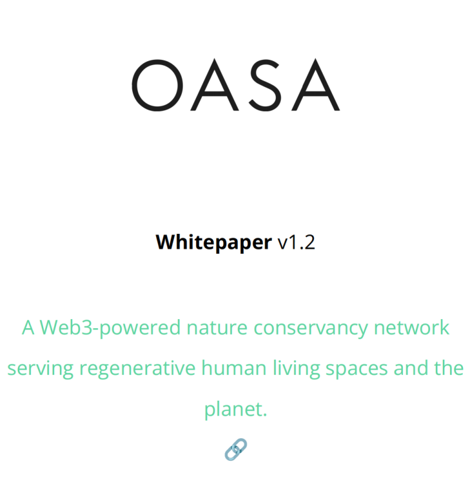
OASA white paper, about Web3 and regeneration.
Available for download on the official website. Image source / OASA official website
Sam and his friends at OASA have been searching for a place to host their experiment and ultimately chose Portugal. Since the 21st century, Portugal's position in Europe has been quite subtle; it increasingly resembles the Yunnan or Dali of Europe. Similar to Yunnan, Portugal is located in the southwestern part of Europe, far from traditional economic and political centers, with beautiful natural environments and low living costs. These shared factors seem to give regions like Yunnan, Portugal, California, Central America, and Southeast Asia some similar developmental prospects: a possibility for alternative development.
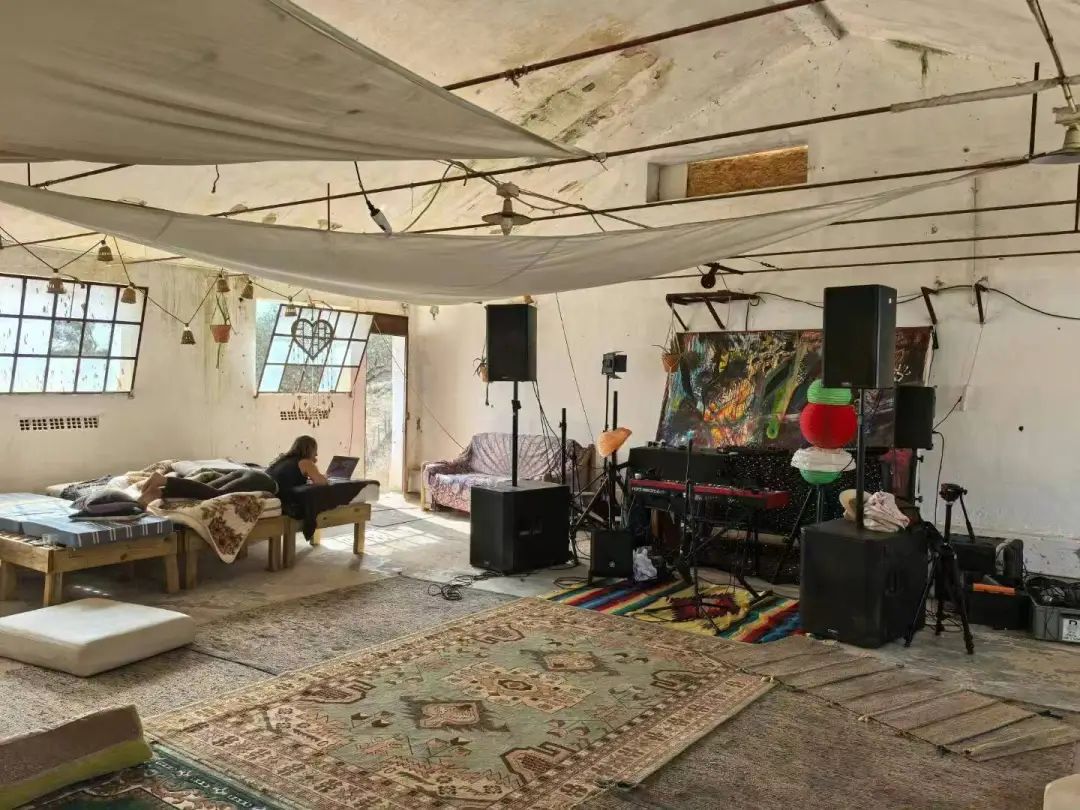
TDF hall, tired in the coworking area.
You can lie down to work. Image source / Author
The area where TDF is located was once a chicken farm next to a small town, with the main industries around this "small town" of just over 1,000 people being livestock and agriculture. The land in southern Portugal has become depleted due to generations of agricultural practices, and many areas face desertification. This small town has also become desolate due to the decline of industries and environmental degradation. TDF was established with the hope of changing this land, aiming to revitalize it through a regenerative rather than merely sustainable lifestyle.
During our community tour with our guide August, he pointed to another farm in the distance: "The farm over there often echoes with the cries of animals, and you can hear it from here. We see that world so close to us, reminding us that we cannot live in a bubble, and also reminding us what most of this world is like."
With the support of local councilors, Sam took out a loan to purchase this land and began practicing here three years ago. Three years is not a long time; it is not long enough to change the ecological environment of this land, but it is sufficient to form a small habitat. From just a few people at the beginning to now more than ten, many long-term and short-term residents have come here to participate in life and practice. Starting from a chicken farm, food forests and various ecological buildings have gradually begun to grow here (although their swimming pool plan is still just a large pit of stones).
What I see is the integration and balance of TDF residents: they issue tokens but do not let the so-called quantified governance dilemmas come to the offline world; they use technology but respect the rhythms of human life and natural health; they draw on the experiences of communes but do not fall into the paradox of detachment from modern society.
Although it originated from a traditional factory, I believe it can become a land where many dreams grow.
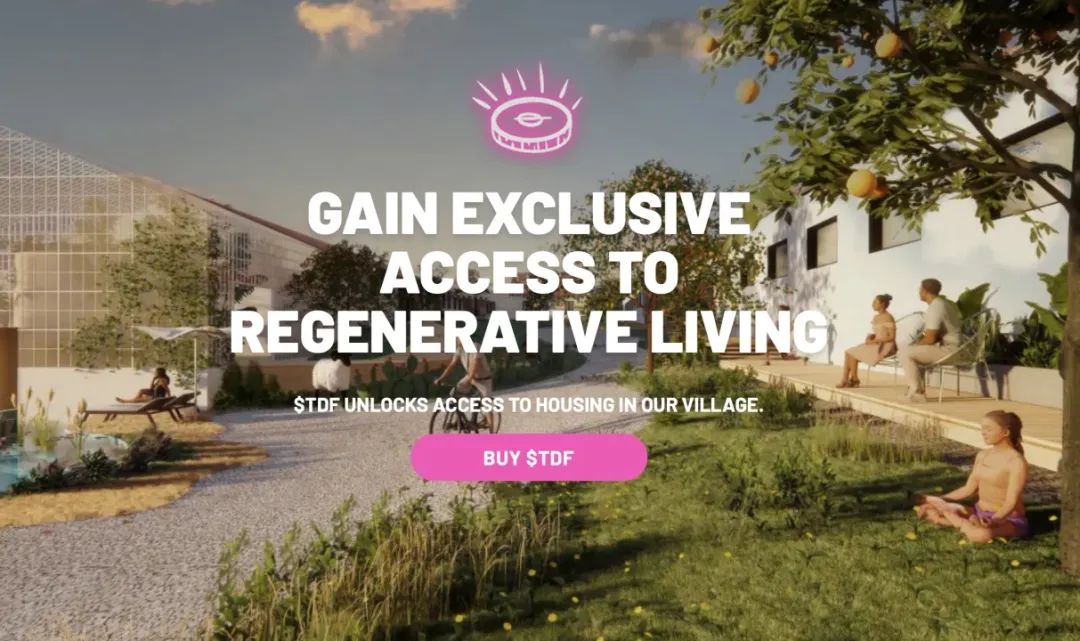
On the TDF official website, you can see their vision for the future.
Although the swimming pool is still just a large pit of dirt for now. Image source / TDF official website
Part 3 Tamera
Tamera exists in different impressions among different people: open relationships, love and peace, social experiments, ecological protection, solar technology… In the fragments of information, it is hard for anyone to form a complete impression of what Tamera is before arriving here.
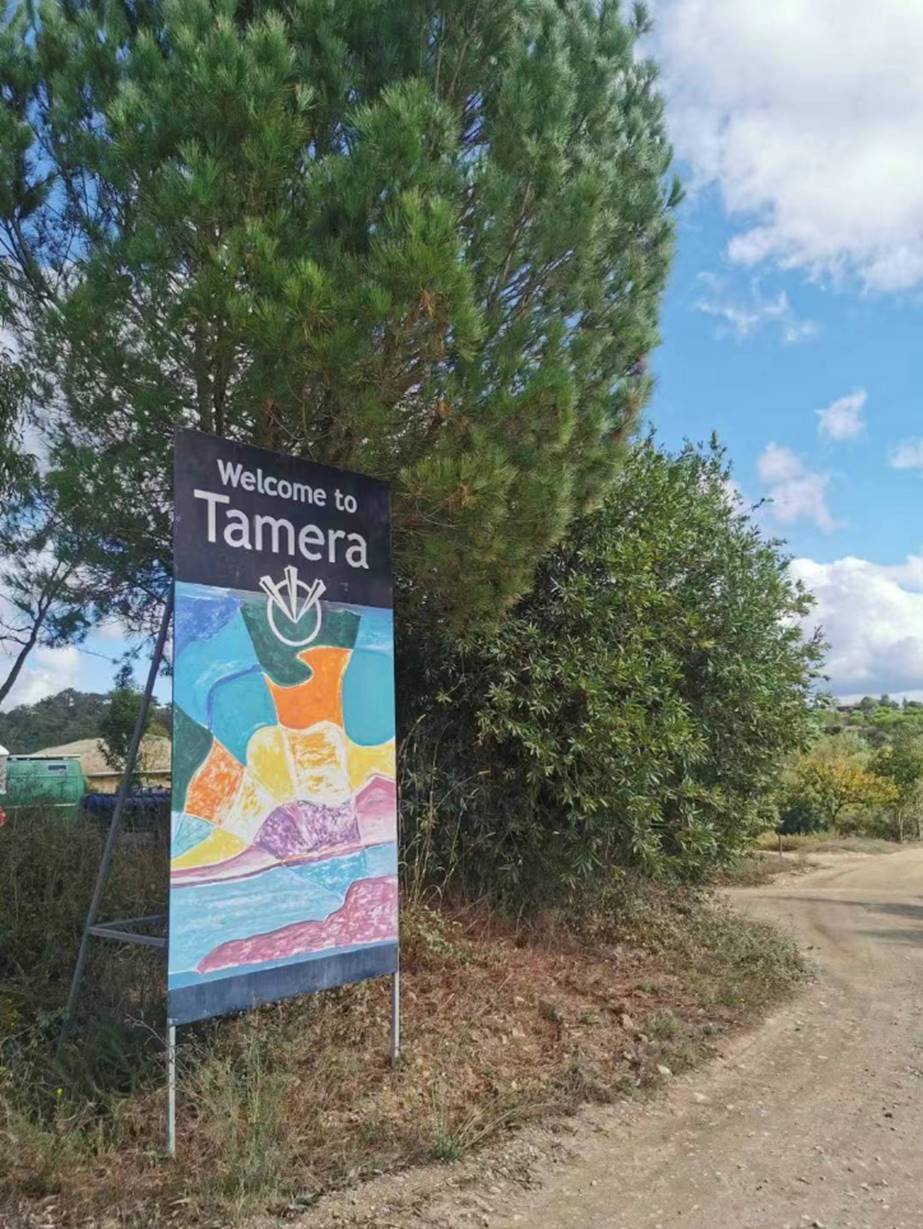
Sign at the entrance of Tamera.
The first time I encountered Tamera was in a community in Dali, where a friend shared during a casual chat that they were recently working on a documentary screening plan titled "The Village of Lovers," which tells the story of the Tamera community.
After missing the screening in Dali, I helped organize screenings and promotions in Guangzhou and other cities. Through a glimpse of the documentary, everyone's impression was that it was an overly idealistic promotional film. Later, during the nationwide organization of "The New Us," Tamera seemed to show me another side among ten different community cases: the ecological and natural aspect.
It seems that Tamera is not only about fulfilling the mission of a living community but also about experimenting with something more: becoming a sample of another possibility for society.
Origins
In Germany, there is a well-known ecological community experiment that is still operational today—ZEGG. In the 1990s, it was initially known as the "Center for Social and Cultural Research" or "Social and Cultural Experimentation Base." After the countercultural movements that swept across Europe in 1968, a group of idealistic practitioners who had begun various social experiments in the 1970s eventually arrived here to start their exploration.
However, it is clear that this group did not share completely uniform ideas. Under the leadership of members Dieter Duhm and Sabine Lichtenfels, a group of Germans came to Portugal with the idea of "creating a place to establish a global healing biotope project," founding what is now known as the Tamera social experiment.
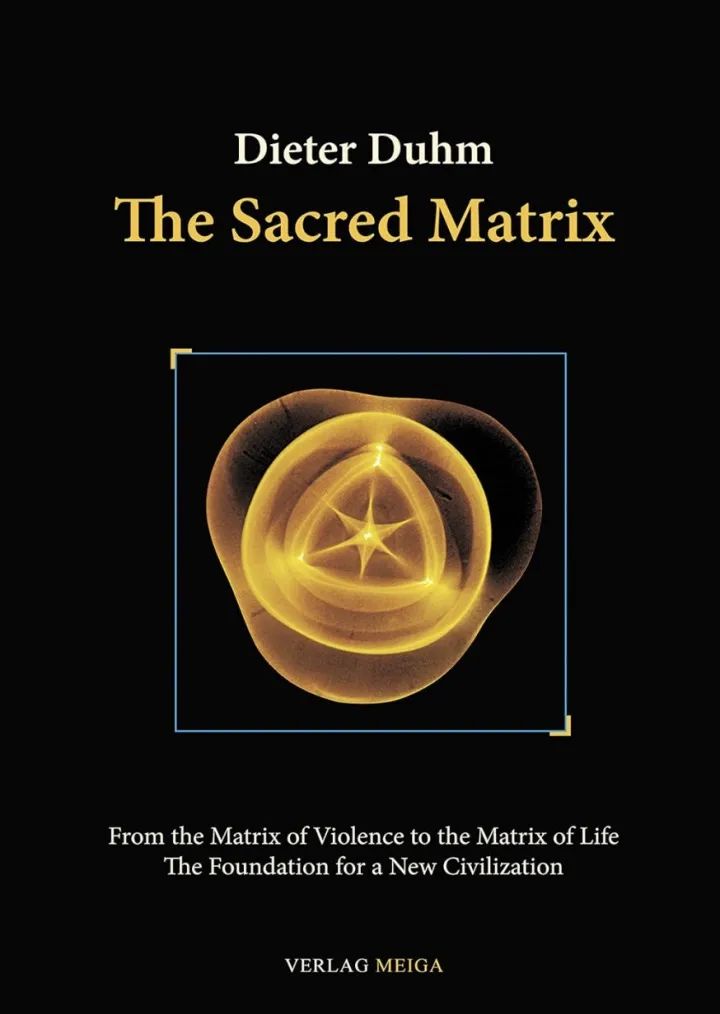
Dieter Duhm's famous book about new cultural forms.
Image source / Tamera official website
Dieter Duhm is a sociologist whose thoughts on capitalism and modern civilization have influenced countless Germans, while Sabine Lichtenfels has a unique gift for spiritual exploration and communication with all beings. Under their leadership, Tamera has developed a unique character. It is said that a social activist who comes here will begin to explore spirituality, while a spiritual seeker will start to engage in social and political activities.
It is worth mentioning that the picturesque Tamera we see today was a desert over 30 years ago. Due to long-term over-farming, southern Portugal faced severe land degradation and desertification issues. This group of practitioners transformed the area into an oasis over thirty years.
Tamera believes that there are "two worlds" on Earth: one is the world that creates us (the natural world), and the other is the world we create (modern society). Modern society, urban civilization, and the capitalist system have gradually detached from natural systems, forming an independently operating system that begins to transform nature on a large scale.
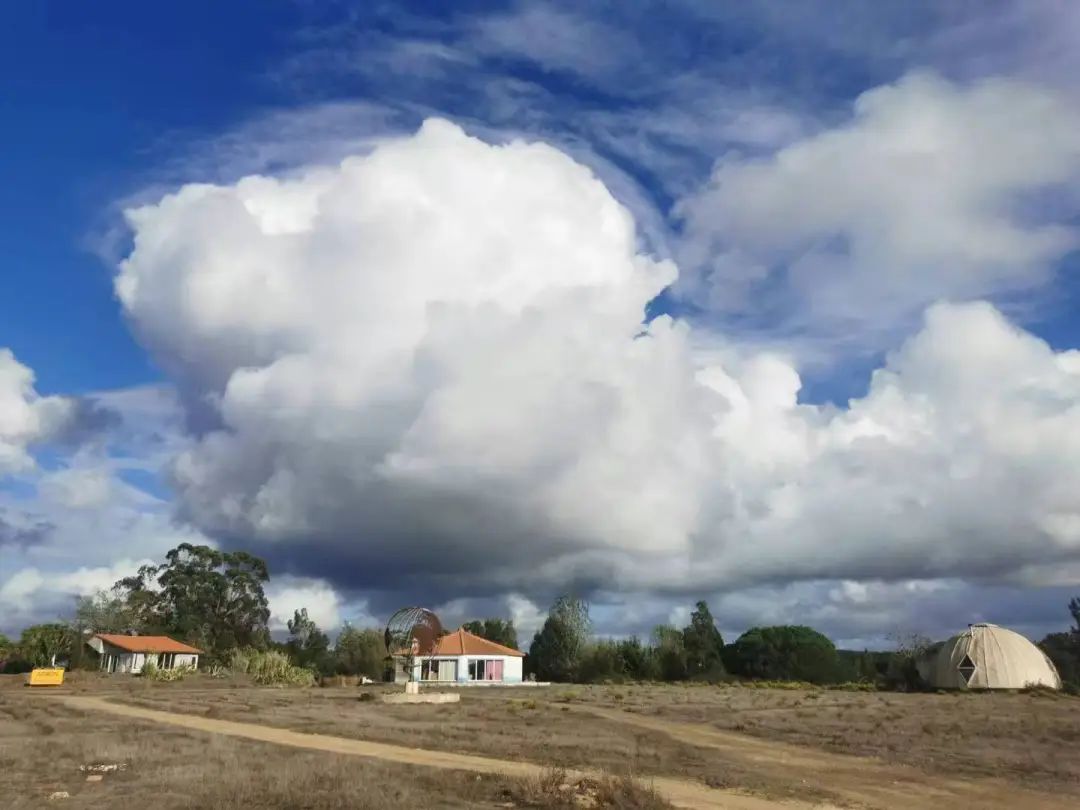
Above the International Peace Research Center
Like floating clouds in a sky city. Image source / Author
In their view, the fundamental characteristic of contemporary capitalist society is fear, which permeates all aspects of life and affects people's ways of thinking. It is predicated on scarcity and uses competition as a means, trapping people in oppression and unhappiness. Human initiative is restricted, and individuals are more embedded in established industrial systems.
In response to this situation, Tamera attempts to create a "healing habitat," opening an alternative space within the capitalist system. In this space, they explore a self-operating non-capitalist system, pursuing a lifestyle of harmonious coexistence between humans and nature, with the core being the construction of a new civilization based on love and trust.
Why Love?
Within the entire capitalist system, the family is the most difficult existence to observe.
As the realm and place of private life, it is hard for people to focus their attention on others' families. Therefore, all private spaces and hidden areas provide a very good operational field for the capitalist system and patriarchal society. As long as one controls these two families, it is fundamentally difficult to shake this system. Thus, the family, as we initially referred to it, the core family (Nuclear Family), is the heart of the entire system.
What they want to do is simple: to dismantle or change the family structure. The human need for family, possessiveness, and the current one-to-one relationship of the core family are not naturally occurring but are closely related to cultural constructions.
If we can liberate the one-to-one relationship, people can love within the community, support each other in groups, and no longer be limited to one-to-one relationships.
He believes that this way, people can step out of narrow personalities and out of the fear of loss and abandonment. If we can change family relationships, it is likely to liberate people from the fear system and construct a social system centered on love and peace.
Why Spirituality?
In Tamera, there is a place that every visitor wishes to visit but approaches with reverence: the stone circle.
The stone circle consists of 96 different stones. Each stone has different symbols based on its special location. It is said that this formation allows people to better perceive higher energies or feel the flow of energy.
To be honest, I am not a very spiritual person. When I came here for the morning meditation of the "Circle of Power," aside from getting drenched in rain, it seemed that no higher-dimensional energy affected me.
I am willing to respect it but am also curious; in the enduring communities I have seen, they all seem to move toward a belief in certain values, consensus, or even objects, with part of it abstracted into a kind of faith. Is this truly the fate of every community?
Philosophy
Tamera is not a production-oriented community; it does not follow the developmental status of other communes but leans more towards self-sufficiency, relying on external donations, course content to exert influence, and other means to cover basic expenses. They mention that there are no transactions within the community, nor do they collect money. Although they also follow a near-communist approach, they allow community members to work externally and rely on income from course visitors and donations.
They hope to support many other similar action groups or organizations around the world in conducting similar peace and love research and schools, and they also exert their influence externally through platforms like the United Nations.
Thus, while they focus on daily life and use it as an alternative practice and expression, this very expression also partially alienates their lives. During our conversations, many members expressed dissatisfaction with the concept of open relationships, and many new residents felt unhappy with the community's philosophy and governance, which is dominated by the older generation.
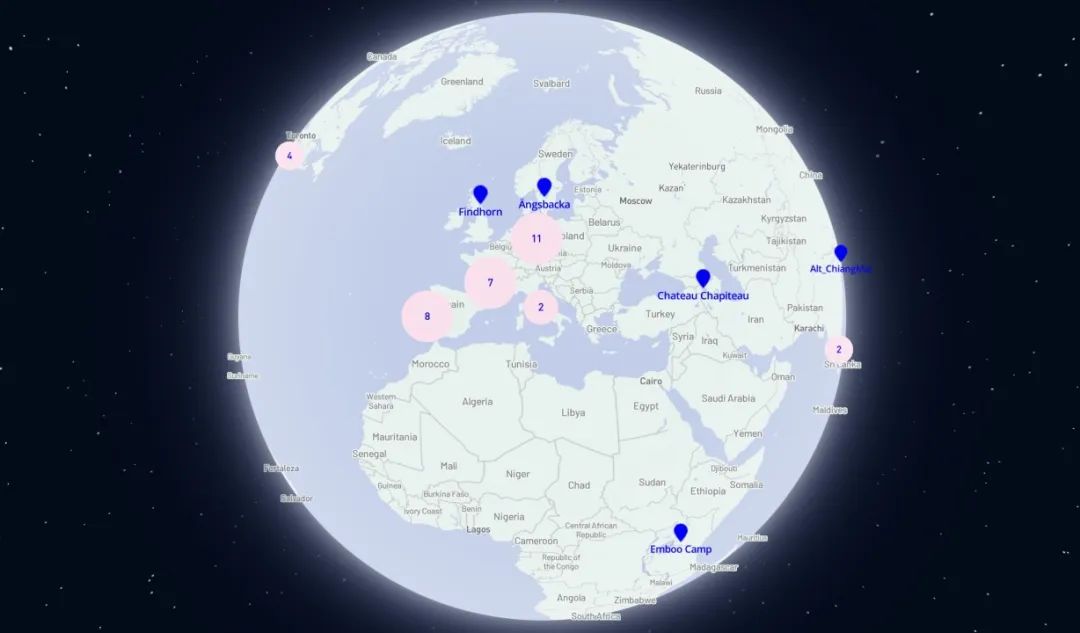
The world connects with the world, and we together constitute a planet.
Image source / agartha.one
Such contradictions seem to occur in many other ecological villages as well. During our visit, an old resident from Findhorn, the oldest ecological village in Europe, also came here and shared his story. It seems that these communities, once composed of hippies, alternative lifestyle explorers, spiritual seekers, and political dissidents, are facing similar dilemmas. How to continue to survive in a developed capitalist society? How can they continue to invite more young people to join this movement? How to truly influence mainstream society rather than being marginalized by it?
They are still searching for answers, and perhaps we are too.
免责声明:本文章仅代表作者个人观点,不代表本平台的立场和观点。本文章仅供信息分享,不构成对任何人的任何投资建议。用户与作者之间的任何争议,与本平台无关。如网页中刊载的文章或图片涉及侵权,请提供相关的权利证明和身份证明发送邮件到support@aicoin.com,本平台相关工作人员将会进行核查。




